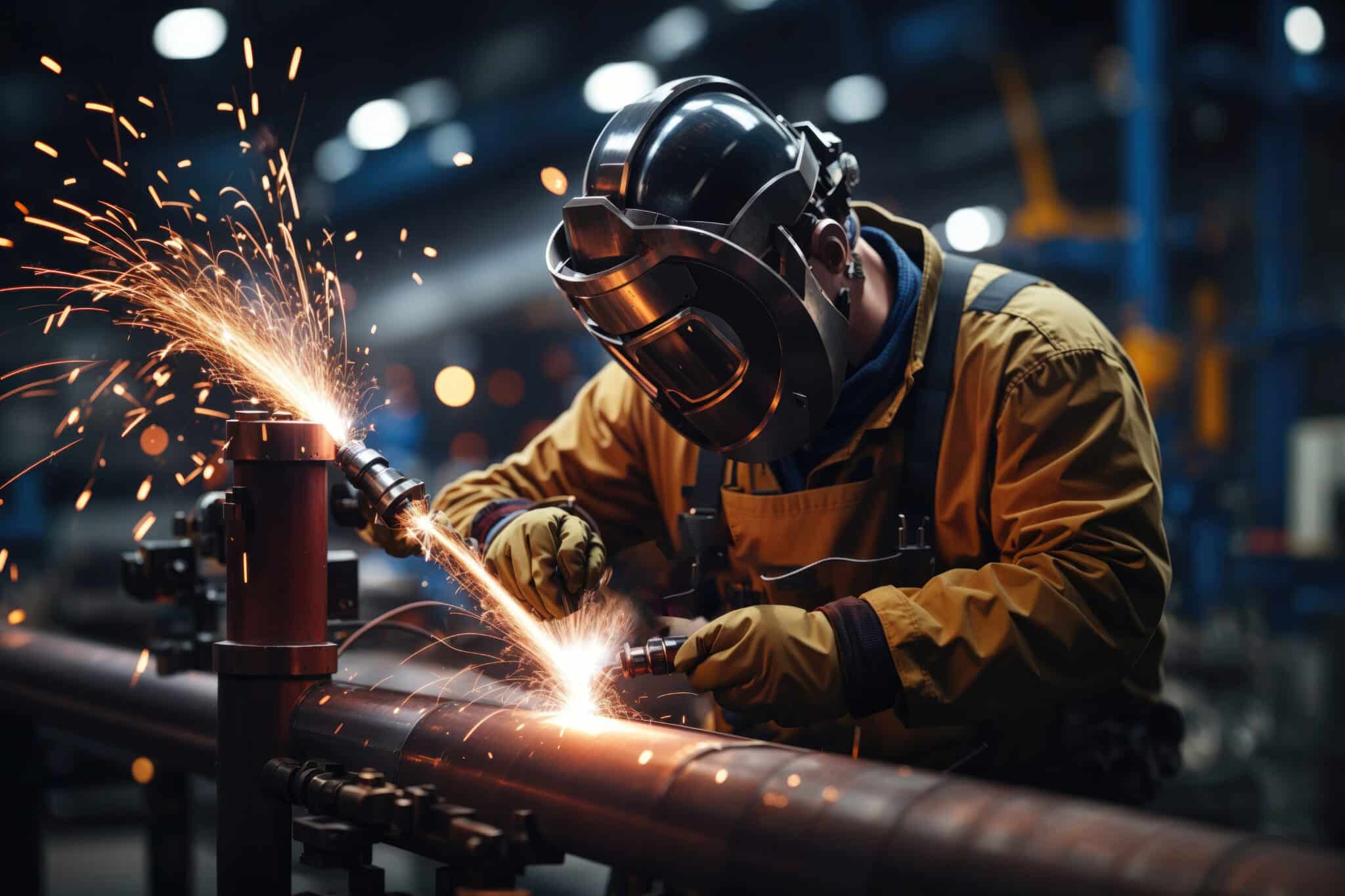The energy consumed by cold storage is a complicated issue that requires many solutions. Here are some of the best strategies for increasing energy efficiency and reduce the cost of cold storage:
Included in this are FIFO inventory rotation, optimizing the warehouse space to maximize storage capacity and using special door designs to minimize the risk of air infiltration. Integrating renewable energy sources like solar panels could also help reduce the cost of cold storage by offsetting electricity use off the grid.
Energy Management
The best way to increase energy efficiency in cold storage is to ensure that all systems are working efficiently. From automated systems that simplify processes to IoT devices that provide real-time data tracking, using the right tools is critical to ensure operational excellence and reducing the energy use.
By implementing advanced control systems that control and optimize system performance cold storage operators are able to find inefficiencies and rectify the problem on a regular basis. This is known as Continuous Commissioning. By doing so, energy costs can be substantially reduced.
Energy Management System (EMS) Implementation
EMSs provide in-depth information on patterns of energy consumption and can automatically alter settings to reduce the amount of energy wasted. EMSs can, for instance they can decrease cooling in off-peak hours or when warehouses have a small capacity and increase it during peak times and at full capacity. This increases efficiency and decreases the cost of utilities. This method allows businesses to stay clear of grid-stress fees, which are incurred during periods of high demand and power shortages. This can help businesses save up to 50% off their energy costs.

Energy-Efficient Refrigeration Systems
With rising energy costs and a growing emphasis on sustainability cold storage facilities are incorporating strategies to improve energy efficiency. They’re utilizing energy efficient refrigeration systems including LED lighting, advanced control systems and meters. They’re also using thermal energy storage (TES) systems to reduce the power consumption profile and reduce electricity costs.
The energy consumption can be affected significantly by poor operating conditions. Unintentional stacking of products, for example, can stop airflow around the fins of an evaporator from flowing, and also hinder defrosting. Warehouses that are not properly designed can consume up to 30% more energy than those operating in ideal conditions.
Another element that influences the energy use is the rate of throughput. The amount of moving products will cause frequent door operation that makes the refrigerant use more energy. Also in the event that the cold storage receives goods over the temperature of their storage facility it will need additional energy to extract the heat. Another factor to consider is selecting refrigerants that are low in global warming potential. This can reduce the carbon footprint of a building and increase the efficiency of its energy use overall.
Sustainable Cold Storage Solutions
Cold storage facilities consume lots of energy for their lighting, refrigeration, as well as other equipment. Solar panels and other green technology could help these facilities cut their operating expenses and reliance on the grid.
Automating cold storage is also an essential aspect of sustainability. Through the integration of automated storage and retrieval systems (ASRS) in warehouses cold storage facilities, you can simplify inventory management, reduce demands for labor and cut down on the loss of product. This in turn increases efficiency and reduces energy consumption.
Other options for sustainable cold storage include brick coolers that use no energy and evaporative technology that uses river soil or invasive plants to produce electricity. These options reduce food waste, carbon emissions and spoilage as well as improving the economic impact of local communities.
Cold storage can also increase its environmental sustainability by making use of LEED-certified construction. This industry standard requires warehouses to incorporate environmentally-friendly design and ventilation features into their buildings. Furthermore, LEED now includes specific ways for cold storage warehouses which allows them to seek certification and improve their efficiency.
Cold Storage Cost Reduktion
Insuring that you invest in efficient refrigeration systems equipped with variable-speed drives, evaporative condensers, as well as heat recovery systems, is an effective way to reduce overall energy consumption in cold storage. They can also be driven by natural refrigerants that have less potential for global warming to reduce environmental impact and still maintain the precise temperature control of products.
The cost of energy is among the biggest expenses kho lanh cong nghiep tai ha noi. Increasing electric bills make it difficult to lower costs. Many operators use the latest techniques and tools to boost their efficiency in energy use.
The use of doors with insulation for instance, will limit air infiltration and thus reducing energy consumption. The improved seals on docks can reduce energy losses around shipping areas. Incorporating these and other energy-saving technology can significantly reduce operational expenses, reduce dependence on grid power and help achieve sustainability goals. This can lead to greater profit margins for cold storage facilities.
Cold Storage Energy Efficiency with IoT
Utilizing the most recent technology and energy-efficient practices, cold storage facilities can lower their carbon footprint and align their operations to sustainability targets. Monitoring via IoT, for example gives real-time insight into temperature control and equipment performance to increase efficiency in operation and minimize the amount of waste.
Sensors that are enabled by IoT can uncover larger trends in logistics to aid in optimizing the supply chain. Data from cold storage monitoring systems can reveal areas of the warehouse that are more warm or cooler than other areas, and help companies refine storage and refrigeration techniques to reduce energy consumption and enhance the efficiency of in-transit goods.
IoT solutions enable refrigerated warehousing to monitor parameters of the ambient like temperature and humidity as well as ethylene gas levels by utilizing a network of sensors that are wirelessly connected. These sensors collect and transmit data to a cloud-based system which allows companies to monitor remotely and manage their facilities. IoT enabled sensors are able to send alerts when the values of parameters exceed the limit values set by. This process automates the requirement for manual record-keeping and minimizes loss of product while ensuring regulatory compliance and optimizing utilization of resources.







